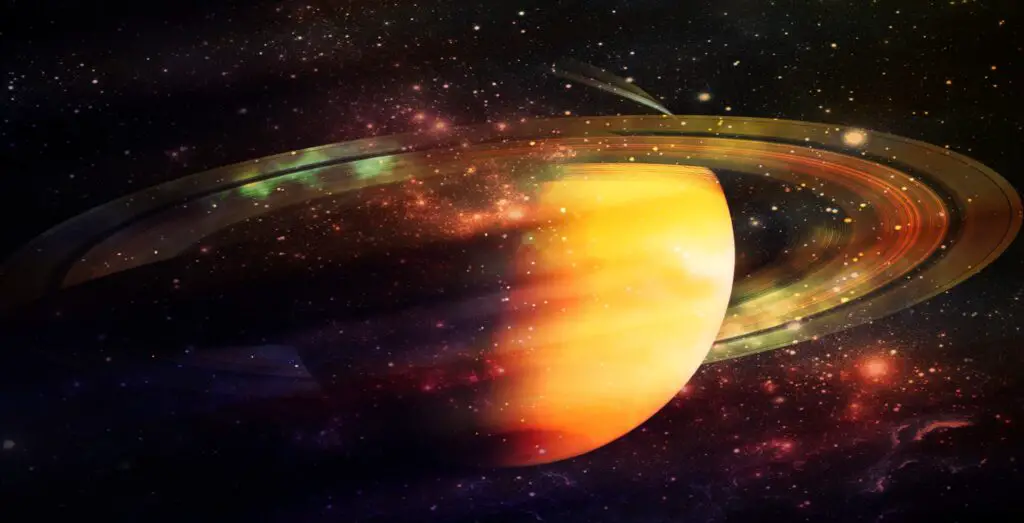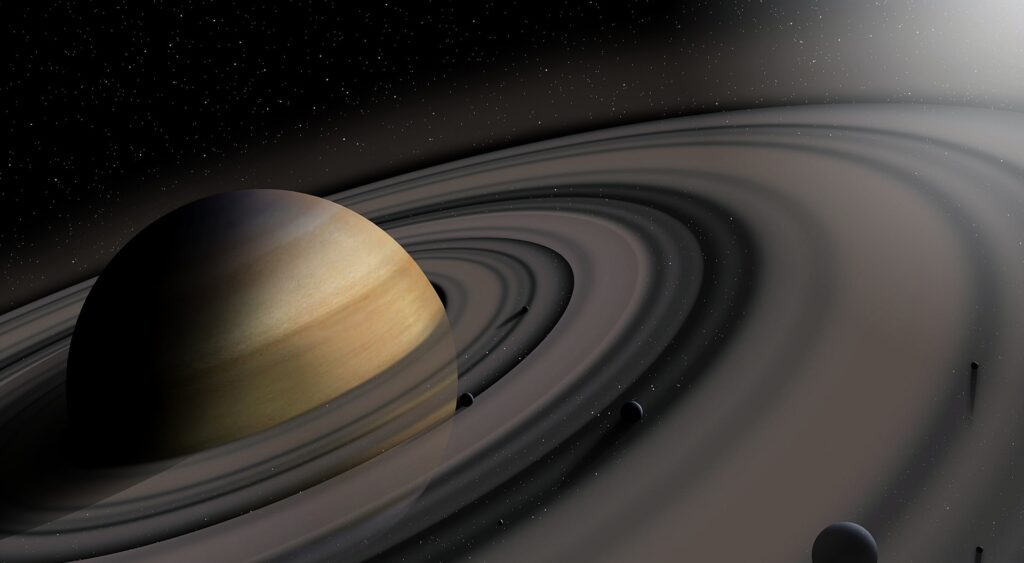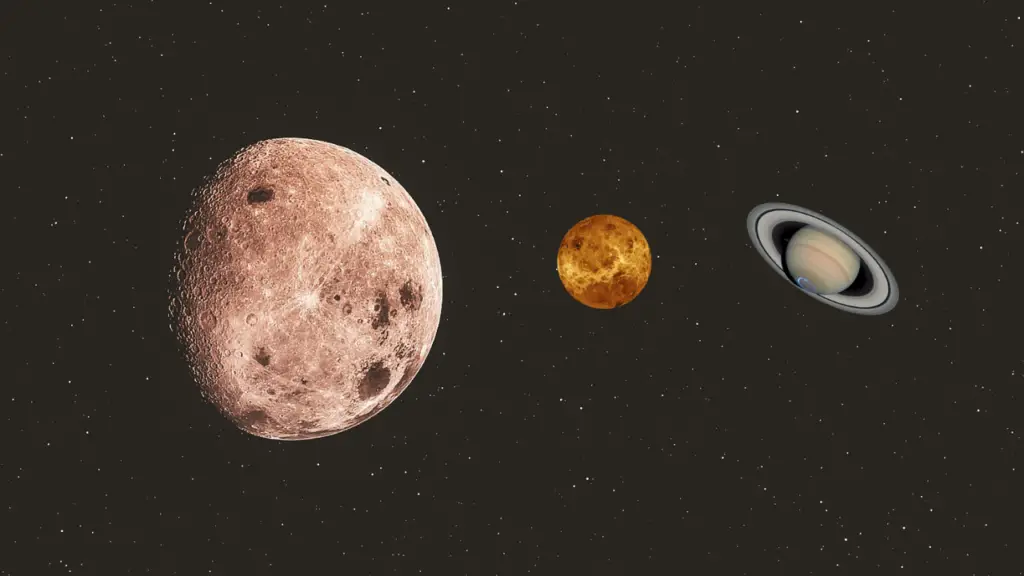Saturn is the only planet that stood out from the rest in the solar system because of its iconic rings. However, a recent NASA study discovered that Saturn’s rings are disappearing at an extremely fast pace. NASA scientists conducted the research using the observation made by Voyager 1 and 2 on Saturn’s rings in the 1980s. Through this research, scientists discovered that the iconic rings are pulled into Saturn by the planet’s gravity.
Note that Saturn’s rings are made of dust, rock, and ice particles. They range from microscopic dust particles to larger bodies. Plasma clouds from smaller meteoroids and ultraviolet light from the sun help in charging these icy dust particles and make them bound to Saturn’s magnetic field.
They are then pulled into Saturn by its gravity. This process makes the ring particles disintegrate and rain into the planet. The disintegrated ring particles undergo chemical reactions with the ionosphere, which is Saturn’s upper atmosphere. This reaction makes the ionosphere glow as infrared light when the dusty rain is lighter. However, the ionosphere dims its infrared light when the rain is heavier.
Scientists made the discovery using the instrument connected to Keck Observatory Telescope in Hawaii. This rate of disintegration in Saturn’s ring system allows scientists to estimate when the ring systems were born.
What Cassini Spacecraft Discovered About Saturn Losing its Rings
As the Cassini spacecraft plunged into Saturn’s atmosphere in 2017, after observing the planet for about 20 years, it discovered ring rain that was disintegrating into Saturn was falling like a downpour. The spacecraft’s Ion and Neutral Mass Spectrometer instruments served as its nose while studying the composition and structure of the most ringed planet’s atmosphere.
Scientists were able to see beyond our closest observation of Saturn through the Cassini’s final plunged, as it reached the unknown region between Saturn and its nearest rings. From here, scientists learned that Saturn’s upper atmosphere extends closely to its rings.
This gave scientists the ability to measure Saturn’s complex organic compounds, including the raining of a chemical cocktail of dust grains coming from the planet’s nearest ring, which is the D ring and falling into its upper atmosphere. Cassini Spectrometer discovered that Saturn rings were made up of methane, water, carbon monoxide, carbon dioxide, ammonia, and molecular hydrogen.
Hunter Waite, who served as the investigator for the spectrometer on the Cassini’s nose stated, “While the spectrometer was designed to investigate gases, we were able to measure the ring particles because they hit the spacecraft at such high velocities they vaporized. Water ice, along with the newly discovered organic compounds, is falling out of the rings way faster than anyone thought – as much as 10,000 kilograms of material per second,” he concluded.
This new study has enabled scientists to realize that Saturn is losing up to 10,000 kilograms of its ring materials per second. At this extremely fast pace, it could fill an Olympic-sized swimming pool within 30 minutes. This is to show how fast Saturn is losing its rings.
How Old is Saturn Rings?
Scientists previously thought that Saturn was formed alongside its moons billions of years ago. However, a new study suggests that the Saturn rings may have formed less than 100 million years ago. From this discovery, scientists realize that Saturn’s rings appeared in the middle of the planet’s lifetime.
Note that Saturn has been in existence for more than 4 billion years old. This implies that the planet’s rings are younger than the planet itself. Astronomers also believed that Saturn’s rings are temporal, as Jupiter, Uranus, and Neptune once have giant ring systems which have turned into thin ringlets today.
When Will Saturn Rings Disappear Complete?
Several theories suggest that Saturn’s rings’ origin may have begun when small, icy moons orbiting Saturn collided with each other, as their orbits were affected by a gravitational pull coming from flyby asteroids or comets.
O’Donoghue, who served as the lead author of a study conducted on Saturn’s ring rain suggests that the entire planet’s ring system may disappear in the next 300 million years. During the Cassini mission to Saturn, the spacecraft was able to detect part of the ring materials falling into Saturn’s equator. Based on the rate at which the ring system disappears into the planet’s equator, Saturn may lose its rings in less than 300 million years from now.
Conclusion
Since Saturn rings will remain for the next 300 million years, we still have enough time to watch the beauty of these rings before they disappear completely. For now, you can take out your telescope or binoculars and enjoy the beauty of Saturn’s rings from a distance. What do you think about why Saturn is losing its rings?






May be their is a climate change